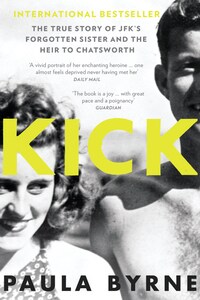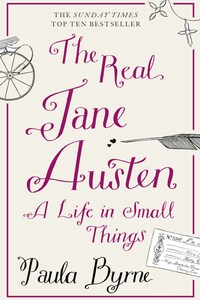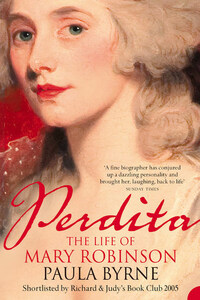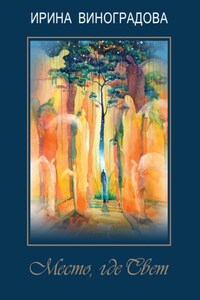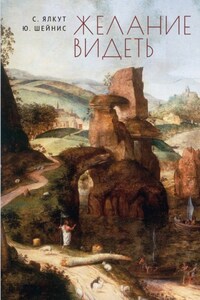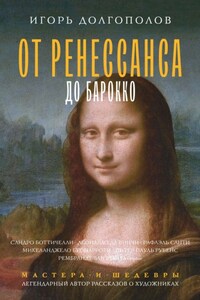1. The double portrait (By kind permission of the Earl of Mansfield, Scone Palace)
2. Captain Sir John Lindsay, Dido’s father (Burrell Collection, Glasgow)
3. ‘The Abolition of the Slave Trade’, by Isaac Cruikshank (Private collection)
4. Still life with meat, kettle, cup, sugar loaf and sugar lumps, by Jean-Baptiste Oudry (Musée des Beaux-Arts et d’Archéologie de Besançon/Giraudon/Bridgeman Art Library)
5. Elevations of the north and south fronts of Kenwood House, and the interior of Lord Mansfield’s Library, by Robert and James Adam
6. Lady Mansfield, Dido’s adoptive mother, by Sir Joshua Reynolds (By kind permission of the Earl of Mansfield, Scone Palace)
7. Detail from ‘Four Times of the Day: Noon’, by William Hogarth (Private collection)
8. William Murray, by Jean-Baptiste van Loo (Kenwood House, courtesy of English Heritage)
9. Granville Sharp, by George Dance (Frontispiece to Prince Hoare’s Memoirs of Granville Sharp, 1820)
10. Report of the Somerset case (In T.B. Howell, A Complete Collection of State Trials, vol. 20, 1816)
11. Wedgwood anti-slavery pendant (Kenwood House, courtesy of English Heritage)
12. The Gordon Riots, 1780 (Private collection)
13. ‘Caen Wood in Middlesex, Seat of Earl of Mansfield’, engraving by James Heath, after a drawing by Richard Corbould (Private collection)
14. The Zong: slaves being thrown overboard (Courtesy Everett Collection/REX)
15. Mansfield as Lord Chief Justice, engraving after a portrait by Reynolds (Private collection)
16. Dido Belle, amanuensis to the Lord Chief Justice (The Honourable Society of Lincoln’s Inn, by kind permission of the Treasurer and Masters of the Bench of Lincoln’s Inn)
17. ‘Anti-Saccharrites’, by James Gillray (Private collection)
18. The marriage of ‘John Davinie’ and Dido Elizabeth Belle (Westminster City Archive)
19. Eastwell Park (Private collection)
A portrait from the late eighteenth century, it depicts two beautiful young girls. The white-skinned, fair-haired one in the foreground sits on a large, green, high-backed bench, and is dressed in pink silk with intricate lace trimmings. She has a garland of pink flowers in her hair and a double strand of pearls around her neck. She is holding a book. She is reaching out to the girl behind her, taking her arm as if pulling her into the frame. She hardly needs to do so, as the eye is drawn irresistibly to this other girl, with the high cheekbones and the enigmatic dimpled smile.
The girl on the left is dressed in sumptuous white and gold satin, and wears a string of creamy large pearls around her neck. She has expensive-looking droplet pear and diamond earrings, and a white and gold bejewelled turban with an ostrich feather perching jauntily at the back. She carries a basket of fruit, and is wearing an exquisite blue and gold sheer shawl which floats in the breeze as she walks. She is in motion, bursting with vitality and energy. Her knee is bent forward beneath her dress, as if she is about to run as free as the wind. The girl in pink, by contrast, sits still.
The standing girl rests a forefinger quizzically on her cheek as she gazes confidently at the artist. She almost seems to be sharing a confidence. In the conventions of portraiture, a pointing figure may denote a mystery, an enigma, a secret withheld. That may well be the case here, given the knowing look that goes with it. But the gesture also says, ‘Look at me. Look at the colour of my skin.’ It is as if she is asking, ‘Who am I? And what am I, a black girl, doing here?’
The artist must have known that it was an unusual commission. The ‘double portrait’ has a long and distinguished tradition. Typically, the subject would be a husband and wife, a mother and child, or a pair of sisters. In its composition, this portrait conforms to the model for representing a pair of sisters. One could readily imagine the sitting girl as an older sister, studious, conventional and full of good sense. And the standing one as a younger sister, with a little bit of wildness or rebellion about her, and a great deal of passion – of ‘sensibility’, as they would have said in the eighteenth century. The rarity, however, comes from the colour of their skin. This is, as far as we know, the only portrait of its era to show a white girl and a black one together in a sisterly pose.


